DESIGN CHARACTERISTICS
Tudor
Late Gothic and few Renaissance characteristics freely mix, some symmetry and order are evident.
Elizabethan
Regularity, symmetry, and mixed classical and Mannerist elements characterize design. Decoration tends to be lavish. Foreign influences dominate designs.
Jacobean
Named after King James, follows Elizabethan patterns with less individuality and more stylistic unity.
Motifs
Heraldic symbols, strapwork, roundels, portrait busts, arabesques, grotesques, obelisks, caryatids, Tudor roses, cabochones, acanthus, and vines.
ARCHITECTURE
Tudor
Become more outward looking the earlier and center on courtyards. Facades are irregular and often move in and out, roofs vary in design and height, and windows change randomly in size. Towers and battlements decorate facades.
Hampton Court Palace
Haddon Hall
Elizabethan
Horizontal emphasis and regularity on the lower portions distinguish Elizabethan buildings. Roofs have irregular silhouettes. Composed of parapets, balustrades, pinnacles, lanterns, towers, roofs, and chimneys similar to those of France. Architecture is grander then Tudor. Designs are highly individual.
Wollaton Hall
Jacobean
Feature more stylistic unity, although eclecticism and foreign influences remain strong. Towers, turrets, and parapets define rooflines, Which are less complex.
Queens House
Private Buildings
Types
Mansions, manor houses, and town houses.
Shakespeare’s House
Moreton Old Hall
Site Orientation
House become more outward looking throughout the period. Houses are sited in parks surrounded by lawns, terraces, and gardens, often with an intricate design of beds, paths, and fountains.
Floor Plans
Compton Wynyates
Hardwick Hall
Materials
Brick and stone begin to supersede wood during Tudor periods.
Facades
Tudor houses are somewhat symmetrical with few classical details, feature battlements, towers, and gatehouses. Large Windows dominate Elizabethan and Jacobean facades. Rarely flat as numerous bays and pavilions create a rhythmic sequence articulated by stringcourses and pilasters.
Haddon Hall
Wollaton Hall
Windows
Stone mullions divide the large rectangular windows into as many as 16 smaller lights in Elizabethan and Jacobean architecture. Bay windows and oriel windows.
Blickling Hall
Doors
Surrounds may be arched or rectangular and surmounted by a pediment or other decorative elements. Located in the gatehouse in Tudor houses, centrally in Elizabethan, and in the frontispiece of Jacobean.
Roofs
Flat, gabled, parapet, and hipped roofs are common and several may be combined.
Blickling Hall
INTERIORS
Tudor
Largely medieval and somber in feeling. Exhibit few classical details. Grow more lively with colorful finishes and textiles.
Elizabethan
Exuberant with brilliant colors and every surface decorated with carving, painting, gilding, or plasterwork. Strapwork and grotesques are common.
Jacobean
Continue Elizabethan traditions of exuberant Mannerism.
Private Buildings
Types
Great hall, great chamber, long gallery, chapel, summer and winter parlors, and bedchambers or lodgings.
Architectural Details
Usually derive from pattern books and are often Mannerist in character.
Color
Feature highly saturated, even garish, colors in textiles and finishes. White walls are common if there are hangings. May be blue or green. Paneling generally is painted stone color or brown to resemble wood. Ceilings are white or blue.
Lighting
Artificial lighting is minimal consisting of chandeliers or lanterns, wall sconces, and candle sticks.
Floors
Stone, Brick, marble, and wood are common. Hard plaster and tiles are used occasionally. Oak in wood planks or parquet, dominates wood flooring. Woven matting replaces loose rushes as floor coverings.
Walls
Paneling is usually oak. Early panels are small and plain or with carved linenfold, Gothic motifs, or Romayne work. Panels become larger with more elaborate carving, and the wood left natural or painted.
Chimneypiece
Focal point in all periods.
Windows
Rectangular, bays, or oriels. Glass is expensive, so horn or blinds of cloth or canvas substitute in lesser houses.
Doors
Generally match wainscoting. In larger houses, pilasters or columns supporting an entablature often flank doors.
Textiles
Provide color, warmth, and comfort to wealthy and royal interiors in all periods.
Ceilings
Some Tudors have medieval trusses. others are beamed or coffered. During the Elizabethan pargework appears. Earliest designs are small and geometric, but grow more complex.
FURNISHINGS AND DECORATIVE ARTS
Tudor
Similar to medieval furniture in form and decoration.
Elizabethan
Massive with heavy proportions, rich carving, and inlay. Shows strong Flemish influence and classical elements.
Jacobean
Continues Elizabethan tradition, but is simpler with more formal and naturalistic carving.
Public Buildings
Types
Seating, tables, storage pieces, and beds.
Distinctive Features
Heavy, elaborately carved, bulbous support defines Elizabethan and Jacobean. Early examples are large, but decrease in size and amount of embellishment. Legs may be turned, chamfered, or fluted.
Relationships
Have little furniture, and it lines the walls when not in use.
Materials
Most is of oak, few Jacobean are walnut.
Seating
Chairs, Settees, daybeds, stools, benches, and settles
–Chairs
Turned, X-form, and wainscot chair. The farthingale chair appears at the end of the 16th century.
Turned Chair
Wainscot Chair
X-frame
Glastonbury Chair
Tables
Permanent table tops replace removable ones, and the drawtop is introduced.
Storage
Chests, cupboards, and chests of drawers.
Beds
Wooden boxes covered and draped with fabric or draped four-posters.
Bed Hangings
Rich hangings not only give warmth, but also demonstrate rank and status.
Textiles
Silk, wool, damask, or velvet, gold or silver lace, embroidery, braid, cord, and tassels.
Decorative Arts
Tableware is made of wood, silver, horn, or glass. Tin-glazed earthenware, saltcellars, scones, plates, ewers and basins, flagons, drinking vessels, spoons, spice boxes, and snuffers. Others include portraits, paintings, and armor. Oriental rugs, porcelains, crewelwork, and palampores.
Flagons
ewers and basins
Palampore


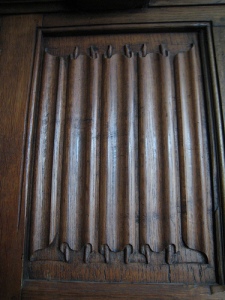
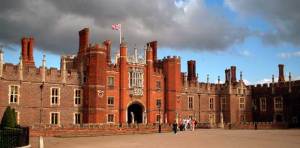


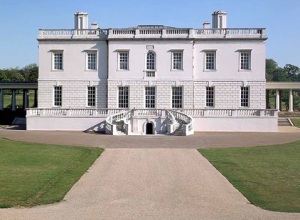




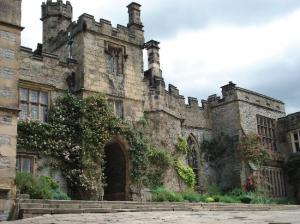






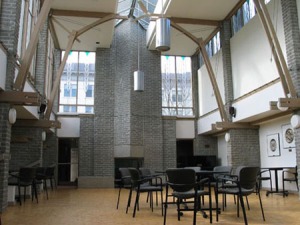

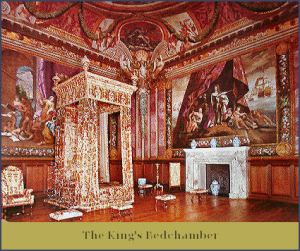




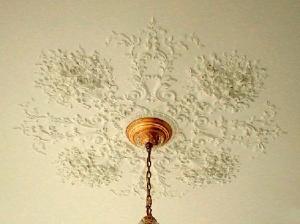







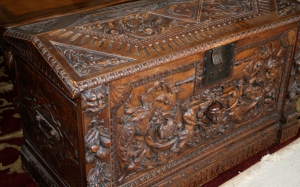


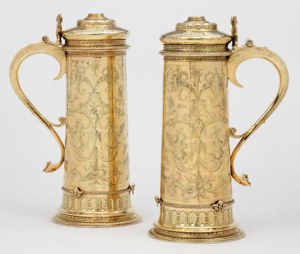
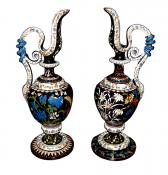
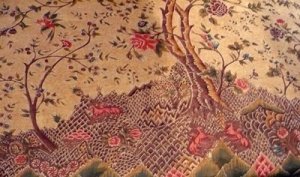


[…] You can also read the following related post: https://iammodernman.wordpress.com/2011/05/16/english-renaissance-tudor-elizabethan-and-jacobean/ Washington DC Furnace – Heat Pump Trinity TX Posted in Adobe […]
Howdy! Someone in my Myspace group shared this site with us so I
came to look it over. I’m definitely loving the information. I’m bookmarking and will be tweeting this to my followers!
Fantastic blog and terrific design and style.